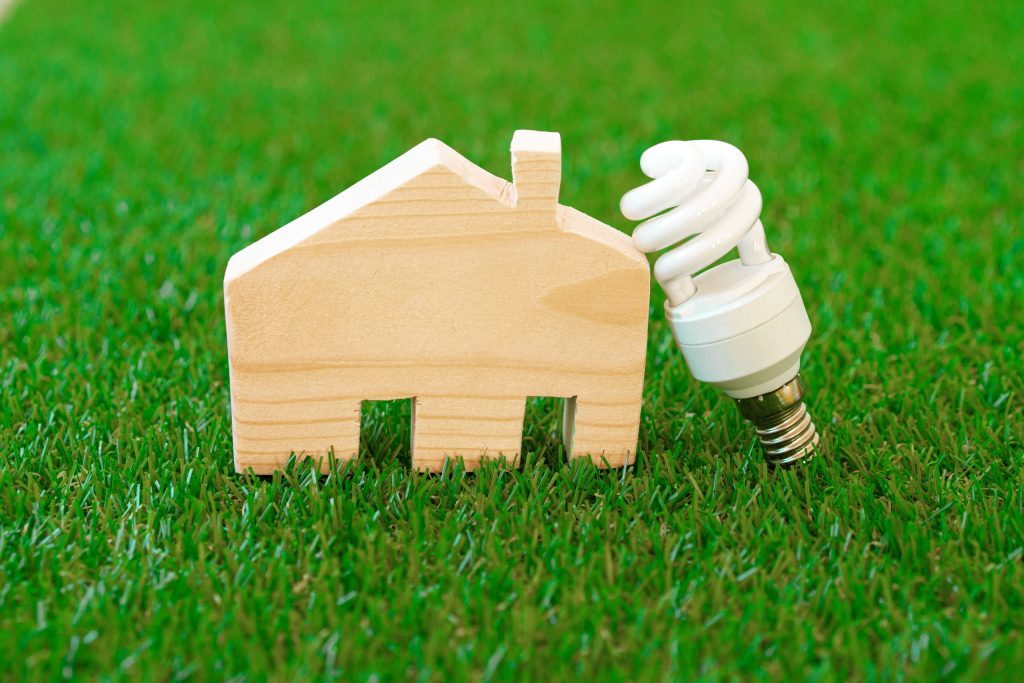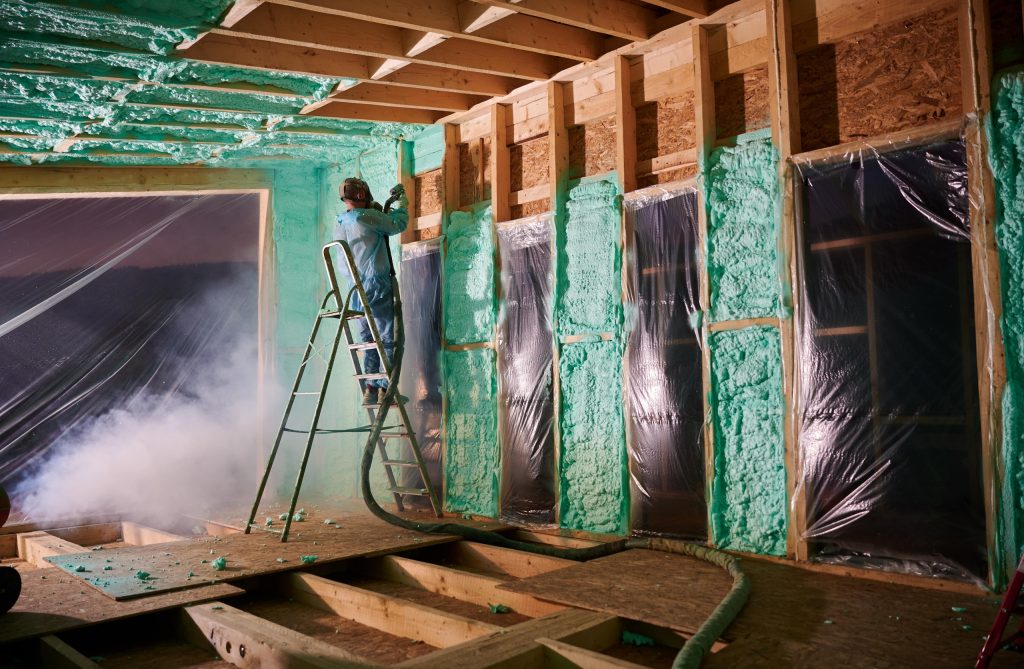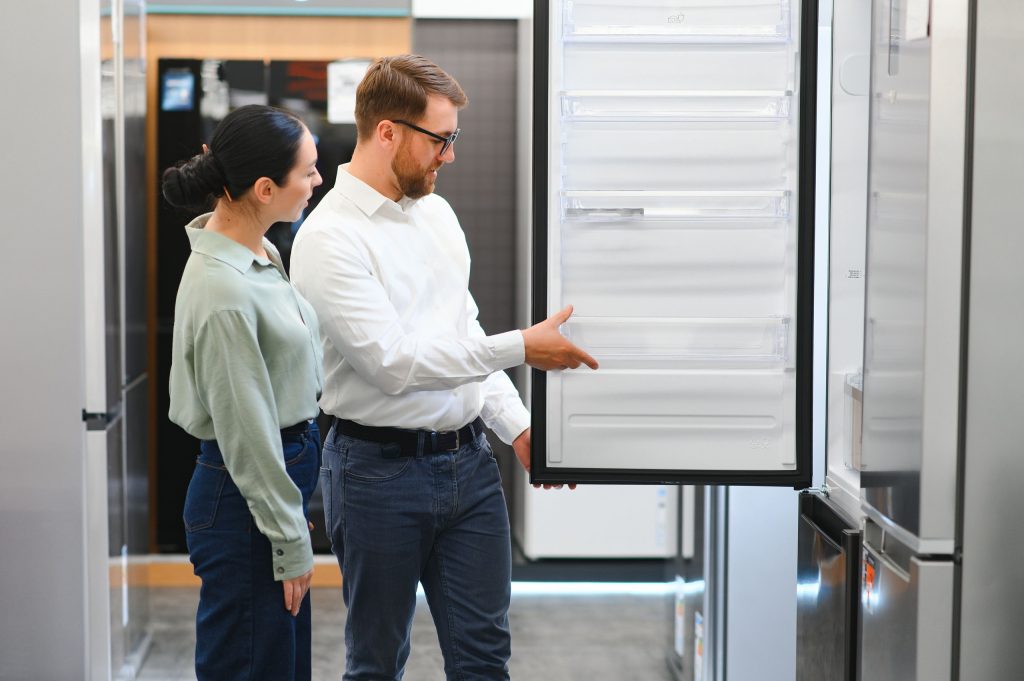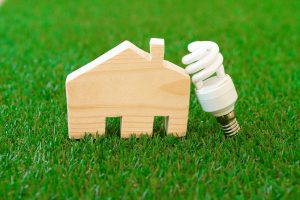Smart Upgrades: Energy-Efficient Home Improvements That Save You Money

Energy-efficient house improvements are very vital for homeowners who wish to live sustainably and save their power bills. From better insulation to energy-efficient appliances, these changes—which vary in nature—not only save energy usage but also increase the overall comfort of a property. Investing in energy-efficient solutions would help homeowners not only save their monthly costs but also help the earth to be healthy.
Since lower energy consumption immediately results in lower costs, the long-term savings linked with energy-efficient improvements may be significant. Moreover, many of these adjustments might be qualified for tax credits or refunds, therefore providing even another financial incentive. Environmentally, lower dependence on fossil fuels and greenhouse gas emissions helps to improve the surroundings.
If readers of this article want long-term savings and a more sustainable future, they should take into account certain energy-efficient housing renovations, their benefits, and sensible suggestions on implementing these changes.
Insulate Your Home for Year-Round Comfort
Effective control of interior temperatures depends on bettering insulating quality. Homes may greatly cut energy loss by adding or improving insulation in important places such floors, walls, and attics. Inadequate insulation lets heat escape in the winter and enter during the summer, therefore compromising living conditions.
Since they are prone to too much heat loss, attic insulation is usually the most important one. While floor insulation stops cold breezes from affecting comfort, correct insulation in the walls prohibits the conditioned air from leaving. These improvements provide a barrier that preserves interior temperature, therefore lowering the demand on heating and cooling systems.
Energy bills clearly show the instant advantages of better insulation. Because less energy is needed to maintain acceptable temperatures, homeowners generally find significant savings on heating and cooling expenses. All things considered, adding insulation improves comfort all year long and helps with long-term financial benefits by cutting electricity costs.

Install Energy-Efficient Windows and Doors
Changing to double- or triple-pane windows greatly improves house insulation. Multiple glass layers in these windows provide air or gas-filled areas that reduce heat flow. They therefore better keep interior temperatures, hence reducing the need for too strong heating or cooling.
Stopping drafts also depends critically on closing gaps around windows and doors. Energy efficiency declines and households pay more as air seeps through these openings. Correct sealing will remove these leaks, guaranteeing a more pleasant living environment and thereby maximizing the advantages of new windows.
Not only can energy-efficient windows increase comfort, but over time they help you significantly save money. Homeowners will clearly save their energy costs by depending less on heating and cooling equipment. For customers who care about the environment, this update is not only a long-term investment in comfort but also a wise one as it reduces energy usage, therefore promoting a sustainable way of living. Installing energy-efficient windows and doors is, all things considered, a crucial first step in bettering house insulation and lowering energy expenses.
Upgrade to Energy-Efficient Appliances
Homeowners trying to cut energy use and save on power costs would be wise in choosing ENERGY STAR-rated appliances. Refrigerators, dishwashers, and washing machines among ENERGY STAR appliances are meant to run far less than their traditional equivalents. With time, this results in significant financial savings.
For example, on their energy costs, an ENERGY STAR refrigerator may save households hundreds of dollars yearly. Effective washing machines and dishwashers similarly not only save energy but also save water use, therefore cutting utility expenses.
Many utility companies and government organizations provide rebates and incentives to inspire the purchase of energy-efficient equipment in addition to savings on power. These financial gains help to balance the initial outlay, therefore enhancing the attraction of the change.
Selecting ENERGY STAR-rated products allows homeowners to enjoy contemporary, high-performance appliances while improving their budgets and the surroundings. Any home would be prudent to invest in this update as the long-term advantages far exceed the initial expenses.

Install a Smart Thermostat for Precision Control
Smart thermostats let homeowners operate their heating and cooling systems anywhere using a tablet or smartphone. By linking to Wi-Fi networks, these gadgets let customers remotely change temperature settings, therefore guaranteeing comfort even when they are away at home.
Smart thermostats stand out in particular for their capacity to understand a homeowner’s schedule and temperature preferences. These gadgets automatically change the settings and examine consumption over time to maximize energy use. Homeowners might thus have a pleasant surroundings while cutting pointless heating and cooling.
Changing temperature settings based on real-time needs may help users significantly conserve energy. Studies show that smart thermostats may save up to 20% of energy by ensuring systems are not running when not necessary. Features like geofencing, which marks when the homeowner is coming or departing, even further increase efficiency by varying the temperature. Install a smart thermostat to precisely adjust temperature and increase comfort while reducing energy use.
Switch to LED Lighting for Lower Energy Consumption
When it comes to energy-saving advantages, switching to LED lighting beats conventional incandescent bulbs. Using a fraction of the energy—up to 80% less—LED lights provide considerably cheaper power costs. For example, an LED counterpart takes about 10 to 12 watts to provide the same brightness whereas an incandescent bulb usually runs approximately 60 watts.
Apart from its energy economy, LED lights offer a much longer lifespan. They might last up to 25,000 hours, unlike around 1,000 hours for conventional bulbs. With this lifetime, fewer replacements and greater savings on lighting and maintenance follow.
Changing out outdated incandescent lights with LED substitutes is simple and quick, therefore saving instant energy. Lights, fittings, even outdoor lighting may be swiftly changed by homeowners. Changing to LED lighting not only reduces energy use but also brightens the future by helping to be more sustainable. Making the shift is a quick but effective way to save costs and reduce environmental impact.

Conclusion
Energy-efficient upgrades not only assist the environment but also significantly save money by cutting greenhouse gas emissions and thereby saving natural resources via reduced power bills and less maintenance costs. Little changes like using programmable thermostats or LED lighting might start this trend and show effects immediately. Once people start saving with home improvement, they may progressively make investments in bigger improvements like better insulation or high-efficiency appliances, which pay even more long-term financial benefits and have less environmental effect. Through these little actions, people not only improve the energy efficiency of their homes but also help to promote sustainability, therefore creating better living environments and a more sustainable world.







